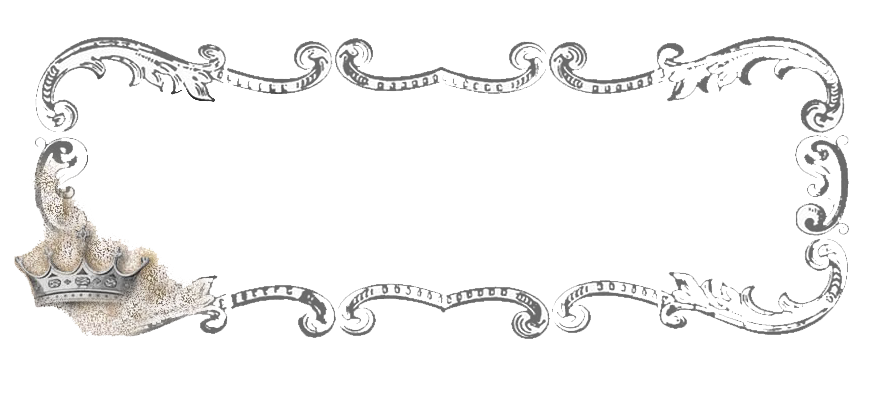Network topology is the arrangement of the various elements (links, nodes, etc.) of a computer network.Essentially, it is the topological structure of a network, and may be depicted physically or logically. Physical topology refers to the placement of the network's various components, including device location and cable installation, while logical topology shows how data flows within a network, regardless of its physical design. Distances between nodes, physical interconnections, transmission rates, and/or signal types may differ between two networks, yet their topologies may be identical.
A good example is a local area network (LAN): Any given node in the LAN has one or more physical links to other devices in the network; graphically mapping these links results in a geometric shape that can be used to describe the physical topology of the network. Conversely, mapping the data flow between the components determines the logical topology of the network.
Topologies remain an important part of network design theory. You can probably build a home or small business computer network without understanding the difference between a bus design and a star design, but becoming familiar with the standard topologies gives you a better understanding of important networking concepts like hubs, broadcasts, and routes.
In computer networking, topology refers to the layout of connected devices. This article introduces the standard topologies of networking.
Topology in Network Design
Think of a topology as a network's virtual shape or structure. This shape does not necessarily correspond to the actual physical layout of the devices on the network. For example, the computers on a home LAN may be arranged in a circle in a family room, but it would be highly unlikely to find a ring topology there.
Network topologies are categorized into the following basic types:
- bus
- ring
- star
- tree
- mesh
Here are some explanations of the 2 types of Typology:
Tree Topology
Tree topologies integrate multiple star topologies together onto a bus. In its simplest form, only hub devices connect directly to the tree bus, and each hub functions as the root of a tree of devices. This bus/star hybrid approach supports future expandability of the network much better than a bus (limited in the number of devices due to the broadcast traffic it generates) or a star (limited by the number of hub connection points) alone.Mesh Topology
Mesh topologies involve the concept of routes. Unlike each of the previous topologies, messages sent on a mesh network can take any of several possible paths from source to destination. (Recall that even in a ring, although two cable paths exist, messages can only travel in one direction.) Some WANs, most notably the Internet, employ mesh routing.
A mesh network in which every device connects to every other is called a full mesh. Partial mesh networks also exist in which some devices connect only indirectly to others.

No comments:
Post a Comment